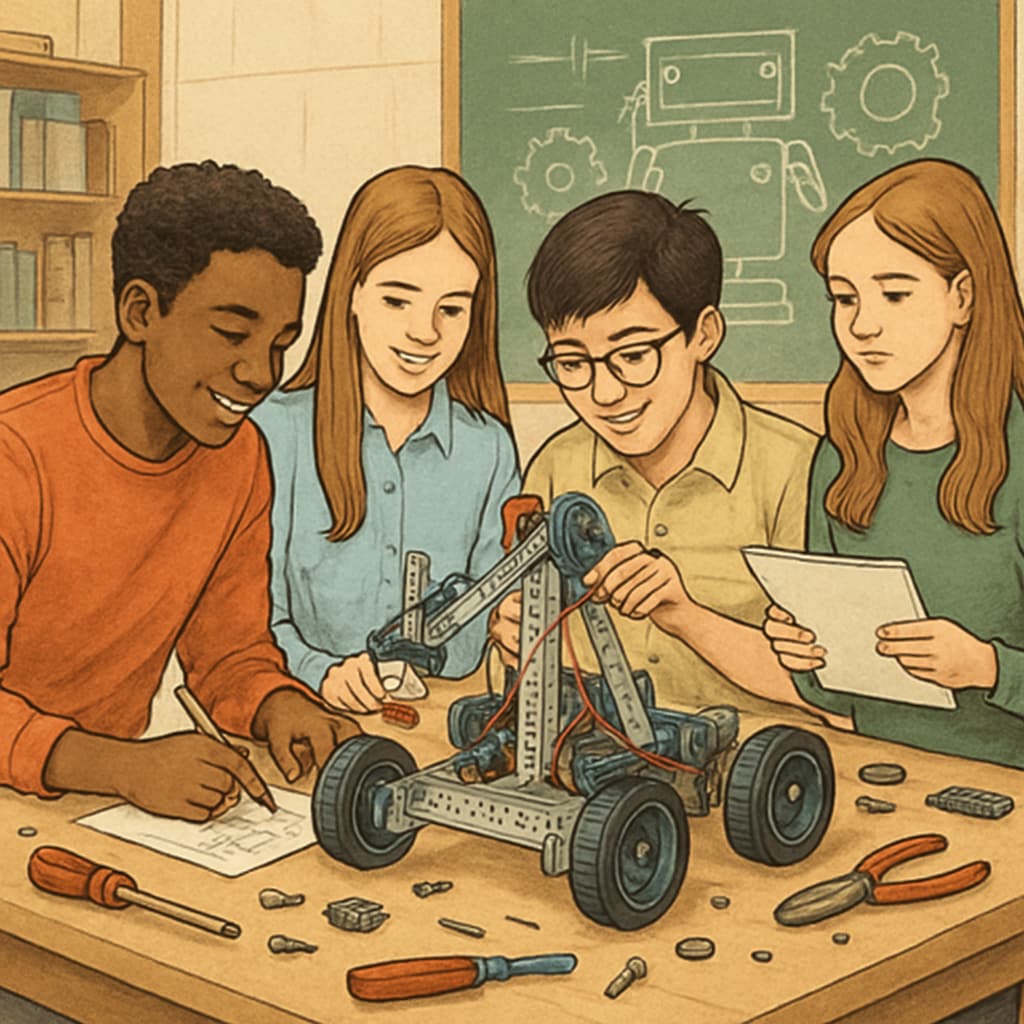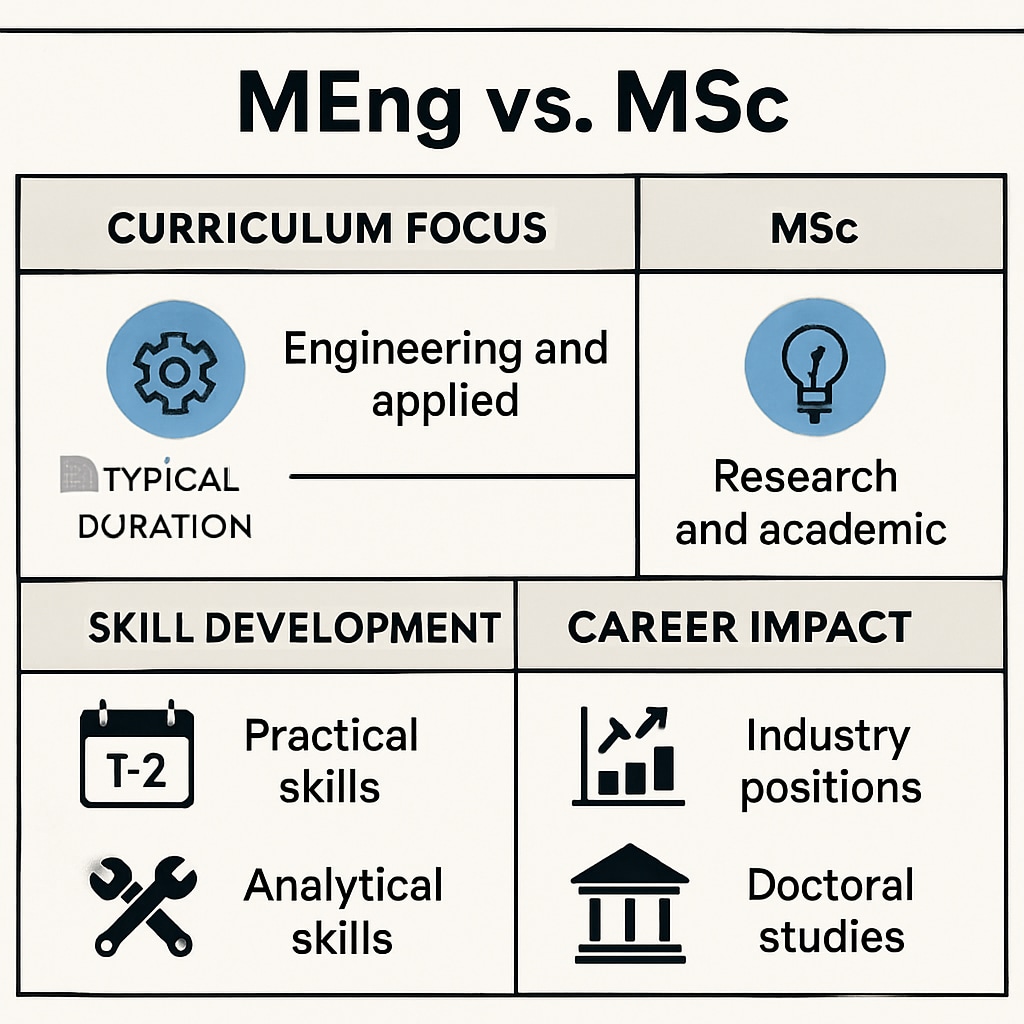When considering future opportunities in design engineering, degree choices, and career competitiveness, the importance of a strong educational foundation becomes evident. K-12 education plays a pivotal role in equipping students with the skills necessary to make informed decisions regarding higher education pathways, such as pursuing an MEng (Master of Engineering) or MSc (Master of Science). By fostering career awareness and long-term planning skills early, educators can prepare students to navigate the crossroads of academic and professional life effectively.
The Role of K-12 Education in Shaping Career Pathways
K-12 education serves as the bedrock for developing foundational knowledge and critical thinking abilities that are essential in the field of design engineering. Early exposure to STEM (Science, Technology, Engineering, and Mathematics) subjects, coupled with project-based learning, allows students to explore engineering concepts in a hands-on manner. For example, initiatives like robotics clubs or design competitions in high school can inspire students to pursue careers in design engineering.
Additionally, career guidance programs in K-12 schools can help students understand the difference between degree pathways such as MEng and MSc. While MEng typically focuses on applied engineering skills and industry readiness, MSc often emphasizes research and theoretical knowledge. Understanding these distinctions early enables students to align their academic choices with their career aspirations.

Key Factors Influencing MEng vs MSc Decisions
One of the biggest challenges design engineering students face is choosing between an MEng and MSc degree. Both pathways offer unique opportunities, but their suitability depends on individual goals. For instance:
- MEng (Master of Engineering): Ideal for students seeking practical skills and direct entry into the workforce. These programs often include internships and industry collaborations.
- MSc (Master of Science): Suitable for those interested in research, academia, or specialized knowledge areas. MSc degrees are often a stepping stone to PhD programs.
K-12 educators can play a crucial role in helping students evaluate these factors. By integrating career exploration tools such as aptitude assessments, mentorship opportunities, and exposure to industry professionals, schools can guide students toward informed decisions. For example, a student with strong analytical skills might lean toward MSc for its research focus, while a hands-on learner might prefer MEng for its practical approach.

Enhancing Career Competitiveness Through Early Preparation
In the competitive field of design engineering, career readiness begins long before college. K-12 educators can enhance students’ employment prospects by incorporating real-world problem-solving exercises into the curriculum. For example, encouraging students to develop prototypes or analyze case studies can refine their critical thinking and creativity.
Moreover, soft skills such as communication, teamwork, and adaptability are equally important and should be nurtured alongside technical abilities. These skills are highly valued by employers and can be integrated into classroom activities through collaborative group work and presentations. As a result, students graduating from K-12 schools with a strong foundation in both technical and interpersonal skills are better prepared to excel in competitive job markets.
External resources: For more insights into the differences between MEng and MSc degrees, refer to Master of Engineering on Wikipedia or explore Master of Science on Britannica.
The Long-Term Benefits of K-12 Career Guidance
Effective career guidance during K-12 education provides students with a sense of direction and purpose as they approach higher education. This preparation not only helps them choose the right degree pathway but also equips them with the skills needed to succeed in their chosen field. By fostering curiosity and encouraging exploration, educators can ensure students are ready to meet the challenges of the design engineering industry.
Ultimately, the K-12 stage is where students begin to build the foundation for lifelong learning and adaptability. Early exposure to engineering principles, coupled with career-focused guidance, can make all the difference in helping students navigate the crossroads of academic and professional life confidently.
Readability guidance: Use concise paragraphs and bullet points to summarize key ideas. Ensure smooth transitions with phrases like “in addition,” “for example,” and “as a result.” Limit passive voice to maintain clarity and engagement.


